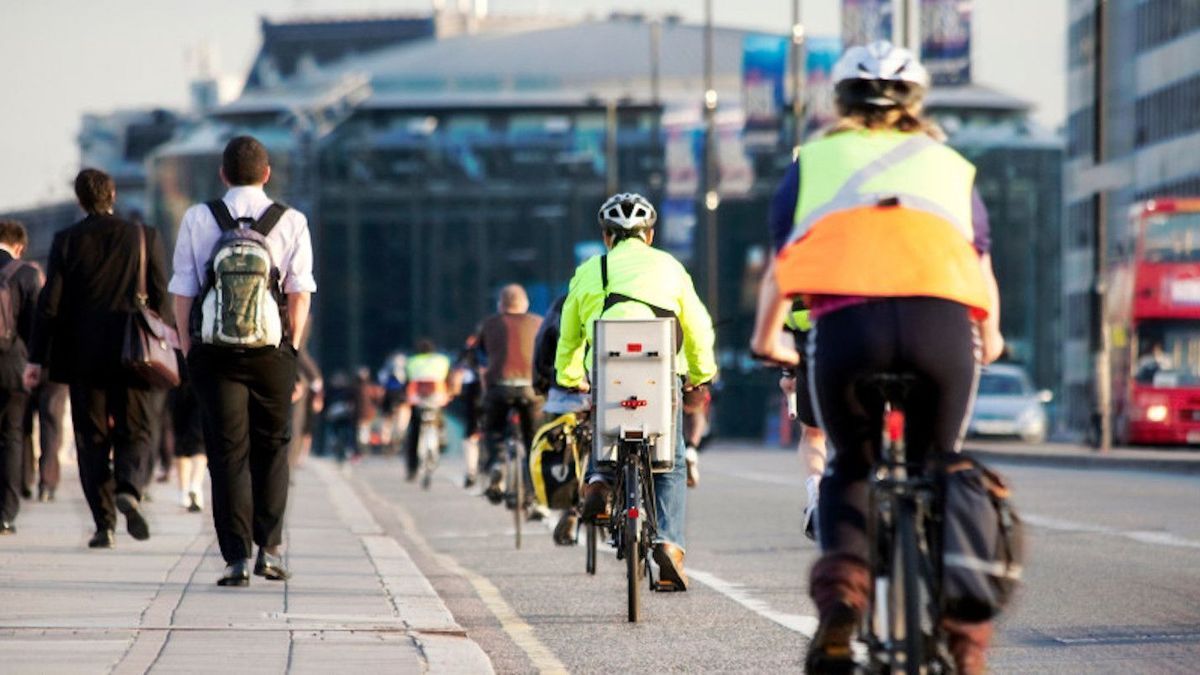
A survey carried out by the fitness application Strava points to inequalities between men and women in the practice of cycling. According to the survey, women would spend half the time pedaling than their male counterparts. This observation is true in several European countries.
Whether in Europe, the United Kingdom or Spain, the observation remains the same: there are fewer women on cycle paths. A very specific form of inequality to which English speakers have even given a name: the “cycling gender gap”. The American fitness application Strava is particularly interested in it. In 2019, she estimated the pedaling gap between men and women at 6.7% worldwide. In Great Britain, for example, women are 12% less likely to cycle for their daily trips than men.
A lack of security
A new survey carried out by the same application reveals that, almost five years later, the cycling gender gap is still as present as ever. Carried out among 3,000 users of the application (including 300 French women and men), the survey reveals that in Europe, women would spend half the time (54%) pedaling than men, just like in the United Kingdom. . The main obstacles mentioned by the respondents to explain their hesitation to get on their bikes relate mainly to their safety. The latter cite in particular the lack of lighting of cycle paths at night as well as the fear of being subjected to street harassment. More than a third of the participants surveyed said they would feel more comfortable cycling with other women.
Another study using the Strava database of outdoor cycling in 61 cities in the United States, United Kingdom, Italy and Benelux looked at the factors of the cycling gender gap. Published last April in the journal EPJ Data Science, the study looked at the factors that could explain these gender gaps. The study identifies in particular “a greater aversion of women to risk, which would result in a rate of cycling lower than that of men in environments perceived as risky”. For example, the research states that city centers with large speed limit zones, flat routes or even three-lane crossings could lead to more balanced rates of bicycle use between men and women. Although this does not come out specifically, the authors of the study also draw attention to the daily responsibilities that can influence transport habits, such as the fact that women travel more often to take care of children and do other races.
Towards an improvement of cycle paths
“Assuming that the determinants of the gender gap are similar for regular and occasional cyclists, our study suggests that improving the quality of cycling infrastructure may be a way to make urban environments more accessible to women, making urban transport more sustainable for everyone“, advance the researchers. Before concluding however: “While street safety and urban planning are undoubtedly important elements, there is no single, simple solution to closing the gap between men and women in the use of bicycles for ‘more sustainable mobility. This is a complex societal issue that must be addressed from several angles”.
